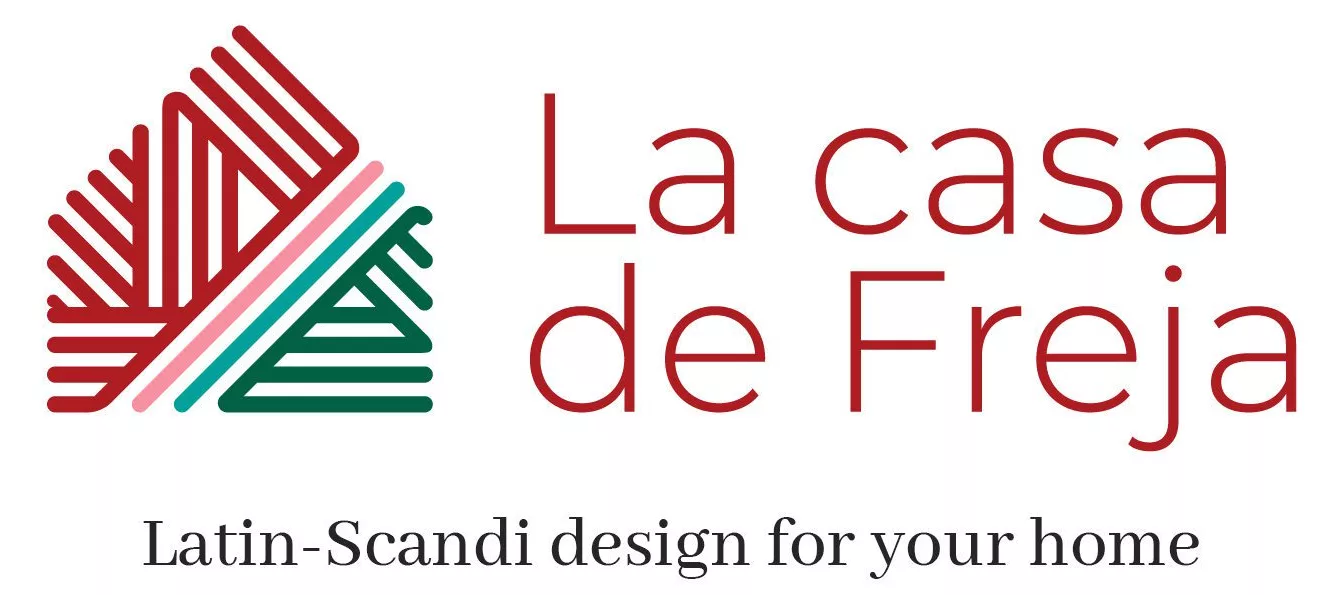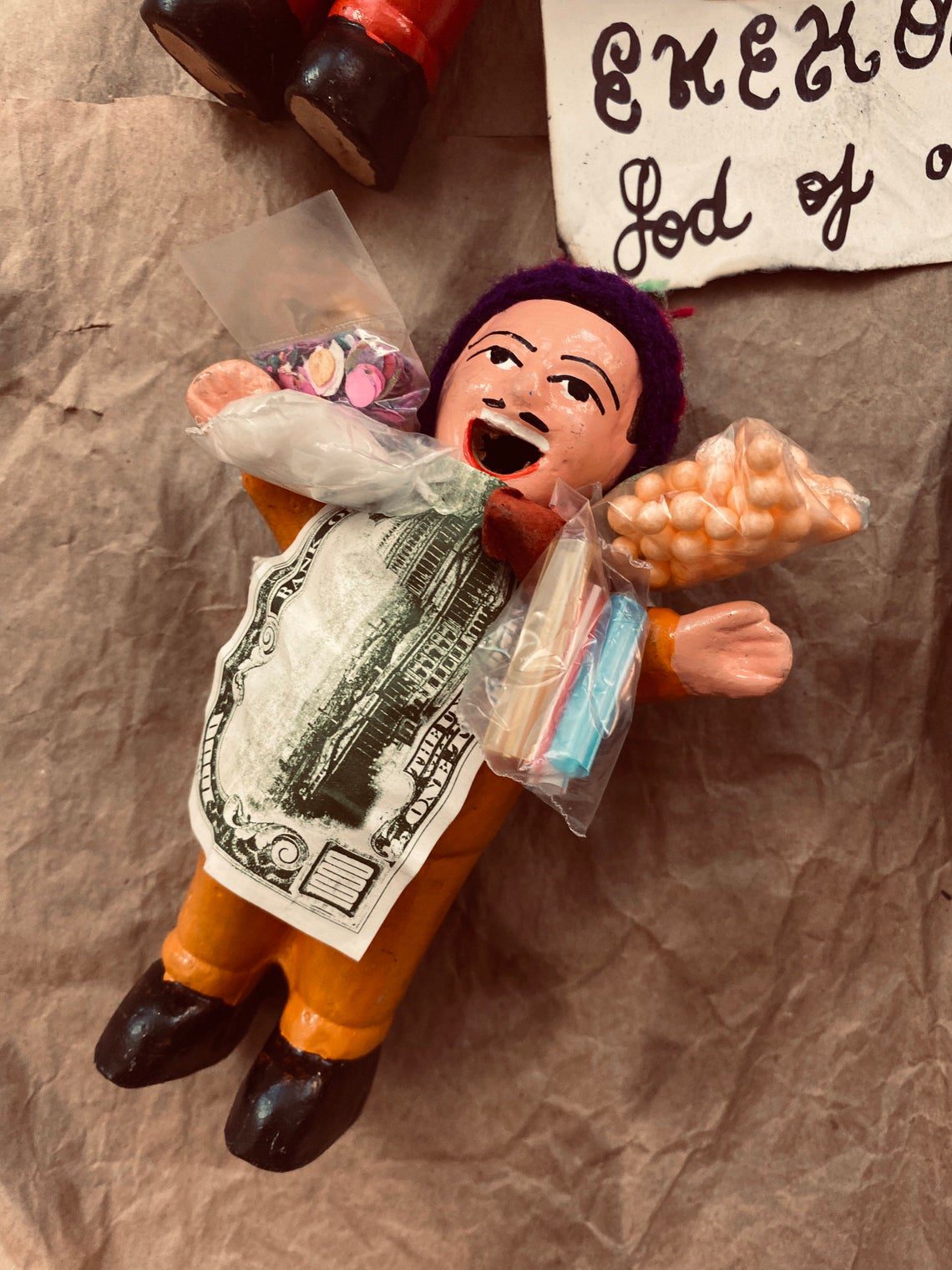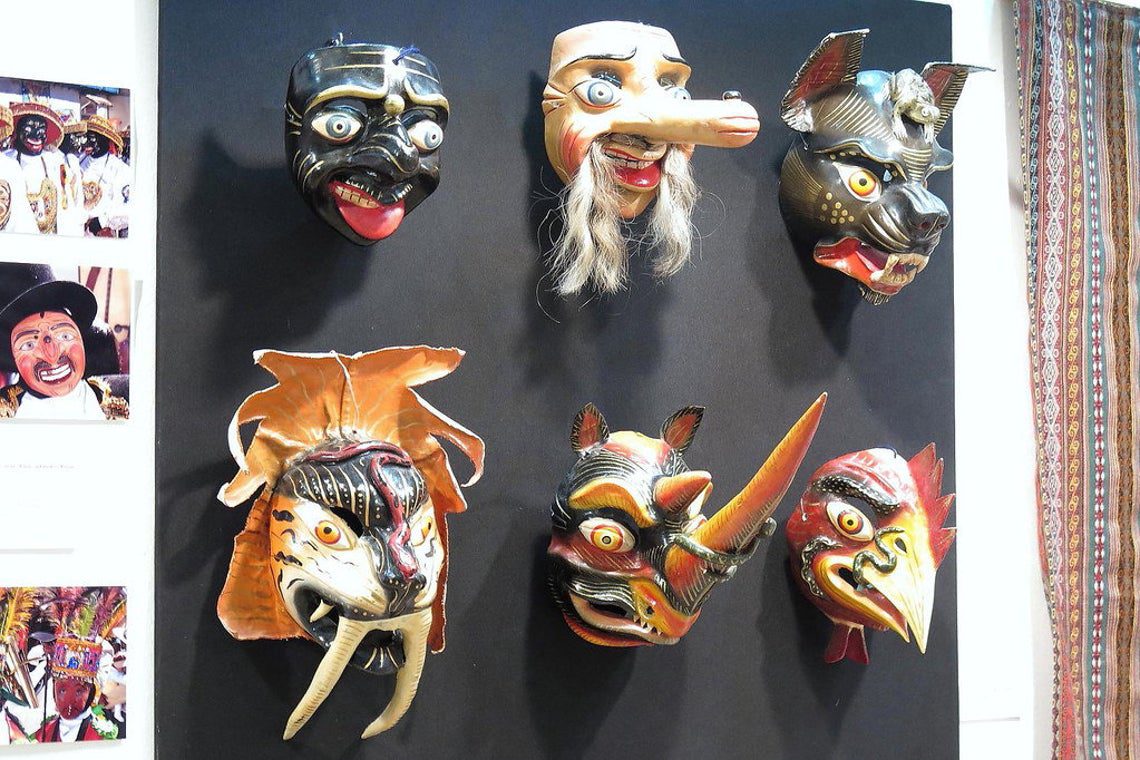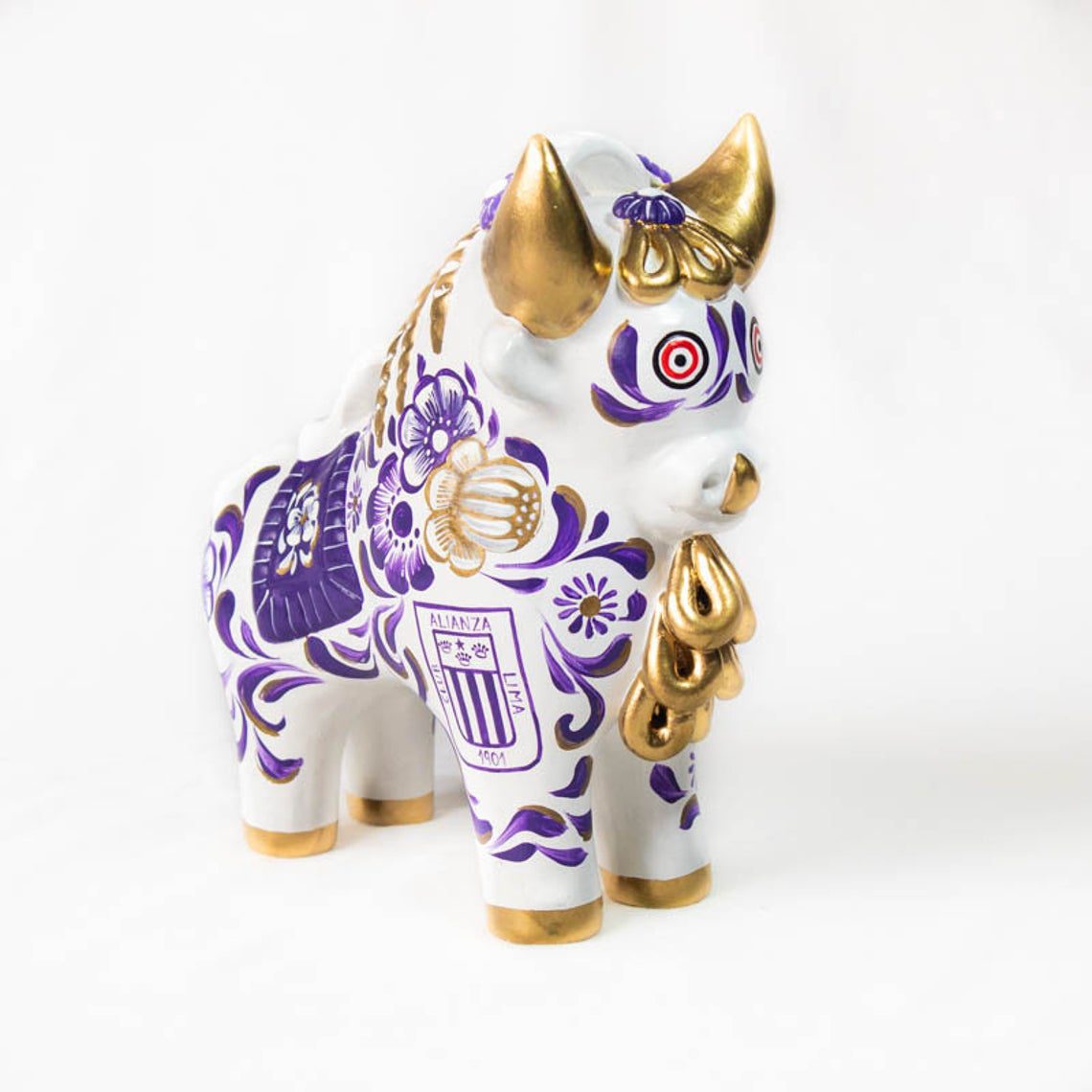We are close to the end of the year and only two months away from preparing for Christmas. It recalled the different festivities celebrated throughout the year in my country Peru, and how crafts are part of some of them.
Each region has traditions and festivities, making them easily recognizable throughout the country. It is their crafts that we intend to name in this article. So, let us start with the first day of the year.
January 1: New Years
In many cities of the Peruvian highlands, the New Year is received by performing a Ritual of prosperity that includes having an Ekeko at home. And what is an ekeko? The ekeko, also known as equeco, iquiqu, thunupa, or tonupa, is the small plaster figure of a man who can be dressed in typical Andean clothing, as a beggar or even in a suit, as a businessman. The more item-laden the Ekeko is, the greater the promise of wealth to its owner.
The ekeko is said to attract fortune, fertility, and abundance and is recognized in countries such as Argentina, Chile, Peru, Bolivia, and Ecuador.
It seems that the Ekeko originates in the Tiahuanaco culture, which was a culture that spread in the current countries of Peru, Bolivia, and Chile between the years 1500 a. C. and 1187 d. C.
According to tradition, the owner must “pamper” the Ekeko with offerings that include cigarettes, rice, and lentils. Otherwise, tradition warns that the Ekeko could take revenge for neglecting him.
February and/or March: Carnivals.
Carnivals are associated with the celebrations of the rains in February and March in different regions of Peru. As part of these festivities, you can appreciate the dances, the gastronomy, and the payment to the Pachamama. Depending on the area, the dances include diverse and sophisticated costumes and masks made by expert craftsmen.
These masks are part of the cultural identity of each of these peoples. The carnivals and dances of the country have favored the demand for masks as souvenirs of the trip.
Holy Week:
During these dates, it is a tradition to make rugs and arches based on flowers. It is believed that its origin is in representing the triumphal entry of Jesus into Jerusalem on Palm Sunday. The conquerors brought the making of rugs as it was a prevalent tradition in Spain in the 14th century, and it still is.
August 1: Pachamama Day
Pachamama is a Quechua word that means: Mother Earth. Pacha means earth, world, universe, and Mama means mother.
On the first of August, the day of Pachamama is celebrated in the high Andean communities of Ecuador, Peru, Bolivia, and Argentina. It is one of the most important festivities of the Andes. During this date, a Pachamama Payment Ceremony is celebrated, where the Andean people thanks and ask for the coming harvests to be prosperous.
Some objects are in this ceremony, such as coca leaves and the lliclla. The lliclla is a woven blanket worn by women in the Andes with multiple uses. It is usually colorful and has different patterns, sizes, and colors that vary according to the region of the artisan.

Photo: Mi ticket Machu Picchu
25th December, Christmas
During the Christmas fairs held in the country’s different cities, some crafts are the most representative during this date: Torito de Pucará, the Ayacucho Altarpiece, the Niño Manuelito in Cusco, and the nativities.
Bibliography:
Ekekos: ¿Quién es?, historia, para que sirve y más. Web: Topmitoligias.














